Beverly Hills
Rhinoplasty Surgery
Dr. Applebaum
Beverly Hills
Rhinoplasty Surgery
Dr. Applebaum
Dr. Applebaum's Before and after Rhinoplasty Surgery
Rhinoplasty by Dr. Applebaum offers patients a personalized, natural nose shape that enhances their appearance and improves breathing function.
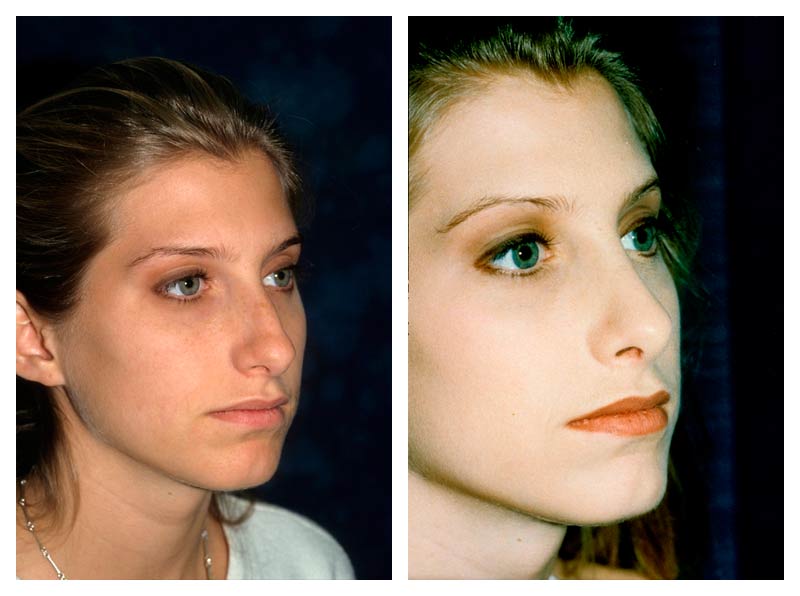
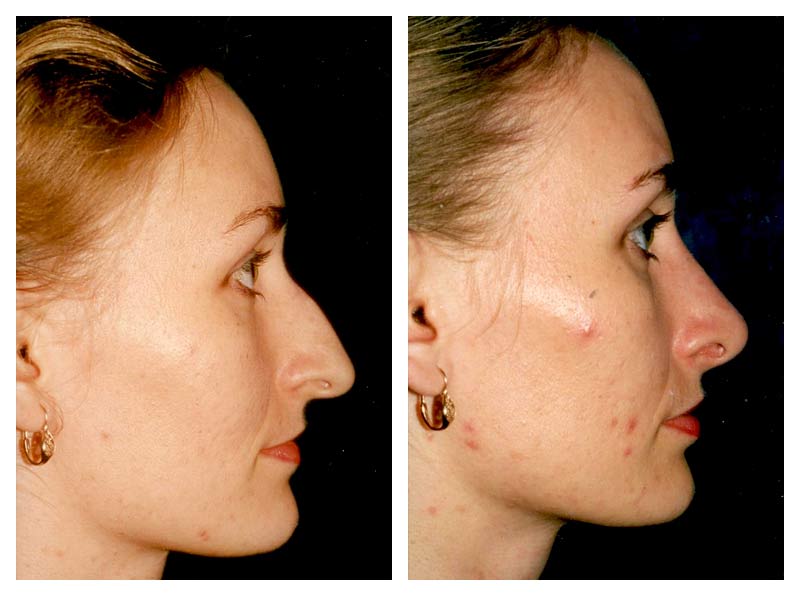
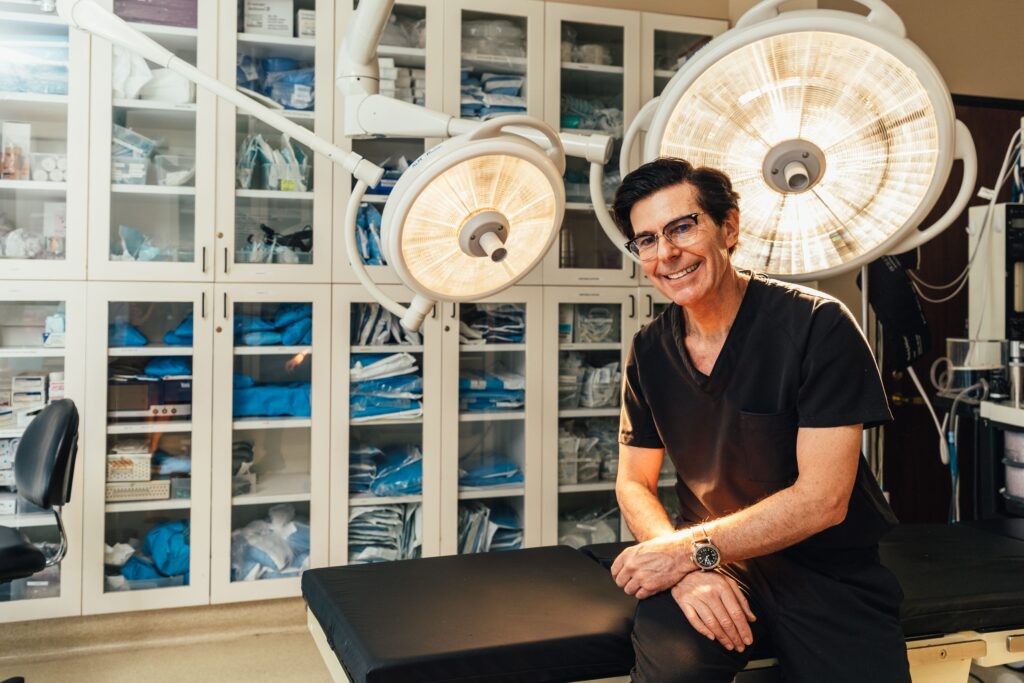
Why Dr. Applebaum?
Patient care, trust and your satisfaction with good outcomes are my upmost concern.
There are two primary techniques for rhinoplasty: open rhinoplasty and closed rhinoplasty. Both open and closed rhinoplasty have advantages, and each is capable of creating a beautiful result. No two noses are exactly alike, and rhinoplasty procedures range from relatively minor revisions, such as raising the tip of the nose slightly to shorten the nose and open up the midfacial area, which can also have an enhancing effect on your smile, to reducing the size of the nose or changing the shape of the bridge. Dr. Applebaum will examine each’s patients unique facial anatomy and internal nasal structures and discuss the patient’s aesthetic goals in order to determine which procedure is the most appropriate. In some cases, Dr. Applebaum may also recommend changes to your chin in order to balance the facial profile.
Open Rhinoplasty
Open rhinoplasty is a surgical procedure in which Dr. Applebaum creates an incision along the width of the columella, or strip of flesh between the nostrils, and lifts the skin to expose the nose. Open rhinoplasty provides Dr. Applebaum with access to the entire structure of the nose, including the nasal tip, which offers greater visibility and enables direct contouring of the nasal cartilage to scope the final shape. Dr. Applebaum may choose to use open rhinoplasty in situations where the patient would benefit from the placement of invisible support grafts to improve aesthetics and function. Open rhinoplasty is most appropriate for patients who desire a significant reshaping of the nose, need a revision rhinoplasty to correct errors resulting from a previous surgery, need to address a collapse of the nose structure due to trauma, or have another significant aesthetic or structural issue. Patients who receive this procedure will have a small scar on the columella.
Closed Rhinoplasty
Closed rhinoplasty is a less invasive procedure that leaves no visible scarring. Incisions are made inside the nostrils, and the surgeon works by reshaping the nose from within the nostril. Closed rhinoplasty offers significantly less access to the nose structure than open rhinoplasty, so it is most appropriate for minor corrections and reshaping, such as altering the tip of the nose. The procedure causes no visible scarring and has a reduced recovery time and less post-operation swelling than open rhinoplasty.
Septoplasty
Some patients who desire aesthetic changes to their noise may also benefit from surgery to improve air flow in their nasal passages. Septoplasty is a surgery that is performed on the nasal passages, including the septum, that can alleviate blockages from a curved or deviated septum or over-reactive mucous membranes. Septoplasty can be combined in conjunction with rhinoplasty, and Dr. Applebaum has refined several techniques that lead to better airflow and provide long-lasting support of the nasal framework. The results of septoplasty may include an improved sense of smell, easier breathing, and an increased tolerance for exercise due to improved breathing. Health insurance coverage may be available for surgeries that have a component of airway obstruction.
Reviews
Testimonial
After having my nasal surgery with Dr. Applebaum most of my friends were not quite sure whatI had done, but loved my new look because it fit my face and matched what I was looking for.
R.T.
Reviews

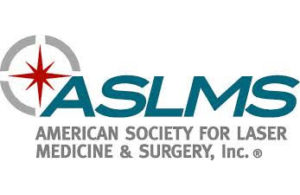
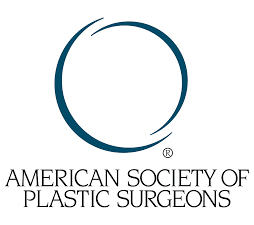
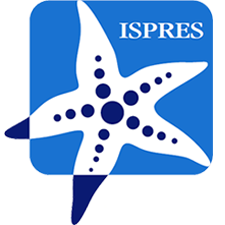


RHINOPLASTY SURGERY FAQs
Each nasal surgery is different, so recovery times may vary. In general, most patients require about seven to ten days to recover from nasal surgery and return to work. Patients will experience significant swelling at first which will be reduced every few weeks. The majority of the swelling has gone down after one month, but patients may need to wait between six months and one year before the final minor swelling disappears and the final result is evident. Most patients do not experience significant discomfort after the surgery and only require minimal use of pain medication.
There are many different reasons why patients choose to have rhinoplasty, and not all of them require the nasal bones to be broken. Reshaping the cartilage in tip of the nose or the nostrils, for example, would not require the nasal bones to be fractured. However, based on the patient’s expressed desires and the surgeon’s discretion, the nasal bones may be broken in order to narrow the width of the upper portion of the nose using a procedure called “in breaking.”
Many patients are surprised to learn that the thickness of their skin plays a role in their rhinoplasty. In fact, the thickness of the skin plays a significant role in how the nose can be sculpted, particularly for people who have thick skin and a large or round tip. Dr. Applebaum will evaluate the thickness of the skin and discuss your possibilities for surgery.
During your consultation, Dr. Applebaum will ask you about your breathing and evaluate your internal nasal structures before discussing the level of breathing improvement from surgical correction that can be expected. In some cases, the improvement range can be as high as 70 to 80 percent. On average, correction of a deviated septum and reduction of the mucous membrane prominence should lead to an overall breathing improvement of between 30 and 60 percent. In many cases, the sense of smell can also be improved.
As rhinoplasty has become more refined, it is possible to make only selective changes to specific parts of the nose and leave other desirable characteristics intact. For example, some patients desire to improve only the tip of their nose while leaving the bridge the same, while others may seek to have a small bump on the bridge of the nose removed and maintain the rest of the shape. Dr. Applebaum will discuss what existing characteristics, if any, you would like to retain during your consultation.
Nasal packing after surgery is not used on a routine basis and is usually reserved for specific cases that involve more complex airway work or in cases in which oozing occurs after surgery. In general, only 15 percent of Dr. Applebaum’s nasal cases involve packing after surgery. In that small number of cases, the packing remains for a short period of time.